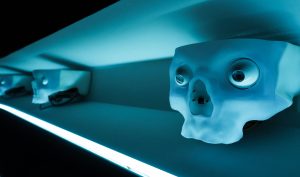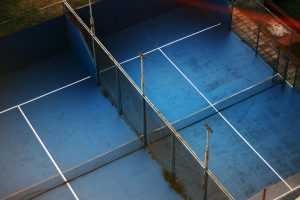Student Loan Bankruptcy: Rare Cases Where Debt Gets Wiped
Student loan bankruptcy is a topic that many college graduates are familiar with. The increasing cost of education has led to a rise in student loan debt, which has left many borrowers struggling to make payments. In some extreme cases, the burden of student loan debt becomes overwhelming and leads individuals to consider filing for bankruptcy. However, declaring bankruptcy on student loans is not as common as it may seem. In fact, it is considered a rare occurrence and only permitted under specific circumstances. In this article, we delve into the details of student loan bankruptcy and explore the rare cases where debt may be wiped clean.
Understanding Student Loan Bankruptcy
Before we dive into the rare cases where student loan debt gets wiped, it’s essential to understand the basics of student loan bankruptcy. Bankruptcy is a legal process that helps individuals and businesses who are unable to pay back their debts. A bankruptcy filing allows for the discharge or restructuring of debt, providing the individual or business with a fresh start. However, federal student loans are not typically eligible for discharge in bankruptcy, making it a rare occurrence.
In 1976, Congress passed legislation that made it incredibly challenging to discharge student loans through bankruptcy. Under the current laws, borrowers must prove “undue hardship” to have their student loans discharged. The burden of proving undue hardship falls on the borrower, and it must be a severe financial hardship that will last for a significant portion of the loan repayment period. Furthermore, the undue hardship standard varies by jurisdiction, making it even more difficult to prove in some cases.
The Rare Cases of Student Loan Bankruptcy Discharge
While bankruptcy discharge is challenging to come by for student loans, there are a few rare cases where it is possible. The most common scenario where student loan debt gets wiped is when the borrower becomes permanently disabled. According to the Department of Education, over 700,000 borrowers have had their student loans discharged due to a total and permanent disability. The discharge of student loan debt in this instance is automatic, and the borrower does not have to prove undue hardship.
Another rare case where student loan debt may get discharged is through the “Brunner Test.” This test is used in the Second Circuit Court, which covers New York, Connecticut, and Vermont. It is a stricter interpretation of the undue hardship standard, making it more difficult to prove. In this test, the borrower must meet three criteria:
1. Poverty
The borrower must prove that they cannot maintain a minimum standard of living for themselves and their dependents if forced to repay the student loan debt. This will be evaluated based on the borrower’s income, expenses, and personal circumstances.
2. Persistence
The borrower must prove that their financial situation is expected to continue for a significant portion of the repayment period. This will typically involve the borrower providing evidence of their current financial situation and proving that it is likely to persist in the future.
3. Good Faith
The borrower must show that they have made a good faith effort to repay the student loans. This involves providing evidence of payments and attempts to negotiate a repayment plan.
If the borrower can meet all three criteria of the Brunner Test, they may be eligible for student loan debt discharge through bankruptcy. However, it’s essential to note that this test is challenging to pass, and it’s only used in a few jurisdictions.
The Future of Student Loan Bankruptcy Discharge
The rules surrounding student loan bankruptcy discharge have been the subject of much debate and may change in the future. Some advocates argue that the current laws are too stringent, making it nearly impossible for borrowers to discharge their student loans. They believe that the burden of proving undue hardship should be shifted from the borrower to the loan servicer. This would make it easier for borrowers to obtain relief, especially in cases where they are unable to maintain a minimum standard of living.
However, others believe that allowing for more student loan bankruptcy discharge could lead to an increase in default rates, and ultimately, higher costs for taxpayers. They argue that stricter rules are necessary to prevent abuse of the bankruptcy system.
Conclusion
Student loan bankruptcy discharge is a rare occurrence and not an easy option for borrowers struggling to repay their debt. However, for those who meet the criteria of permanent disability or can pass the Brunner Test, it could provide much-needed relief. As the conversation continues around student loan debt and bankruptcy, it remains to be seen if the rules will change in the future. In the meantime, borrowers should explore other options such as income-driven repayment plans and loan forgiveness programs to manage their student loan debt.











